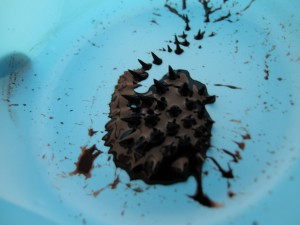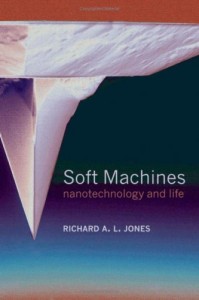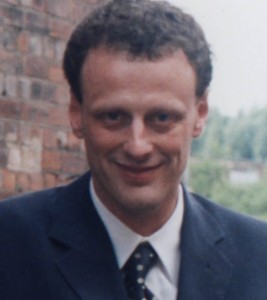 Today was all about the hands on portion of nanoscience. We had the opportunity to work with ferrofluids (a liquid with magnetic properties) and photo lithography (the process by which wires are translated onto circuit boards). I know I grasp concepts better with hands on experiments. Textbooks are useful but hands on labs work the best for me personally. The ferrofluids were amazing with their unique and unconventional appearance. They are liquids with magnetic properties that display magnetic fields that are generated as a result of magnetic stimuli. A few weeks before attending this course I recall reading online about rare earth magnets and what constitutes them. In addition to the rare earth magnets, the article also explored ferrofluids.
Today was all about the hands on portion of nanoscience. We had the opportunity to work with ferrofluids (a liquid with magnetic properties) and photo lithography (the process by which wires are translated onto circuit boards). I know I grasp concepts better with hands on experiments. Textbooks are useful but hands on labs work the best for me personally. The ferrofluids were amazing with their unique and unconventional appearance. They are liquids with magnetic properties that display magnetic fields that are generated as a result of magnetic stimuli. A few weeks before attending this course I recall reading online about rare earth magnets and what constitutes them. In addition to the rare earth magnets, the article also explored ferrofluids.  I was intrigued with the material (having a long time interest with magnets ) and searched the internet for online demonstrations of the material. Today, having tangibly handled and synthesized ferrofluid myself, I now have a better understanding of the properties that govern its behavior and characteristics. Never did it cross my mind that I would have the opportunity to work with this material myself. The photolithography lab was different from anything else we have ever done. The lab mimics what chip manufacturers do in order to produce silicon chips and microprocessors. I have read how the smaller we make our products (like microprocessors) the faster it will work. Richard A.L. Jones (Softmachines) explained this principle and made the analogy between human arms and hummingbirds’ wings. I suppose this is the same principle that governs the computer world in terms of both speed and physical size.
I was intrigued with the material (having a long time interest with magnets ) and searched the internet for online demonstrations of the material. Today, having tangibly handled and synthesized ferrofluid myself, I now have a better understanding of the properties that govern its behavior and characteristics. Never did it cross my mind that I would have the opportunity to work with this material myself. The photolithography lab was different from anything else we have ever done. The lab mimics what chip manufacturers do in order to produce silicon chips and microprocessors. I have read how the smaller we make our products (like microprocessors) the faster it will work. Richard A.L. Jones (Softmachines) explained this principle and made the analogy between human arms and hummingbirds’ wings. I suppose this is the same principle that governs the computer world in terms of both speed and physical size.

Richard A.L. Jones